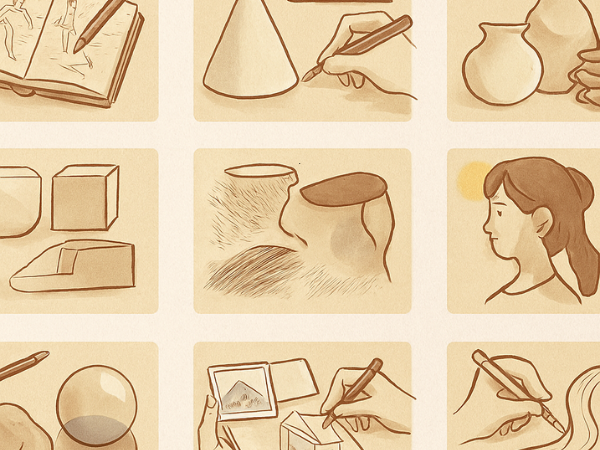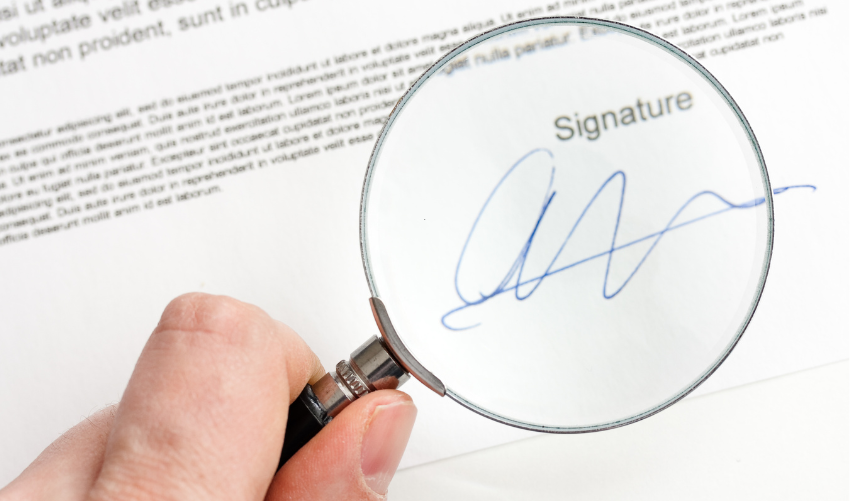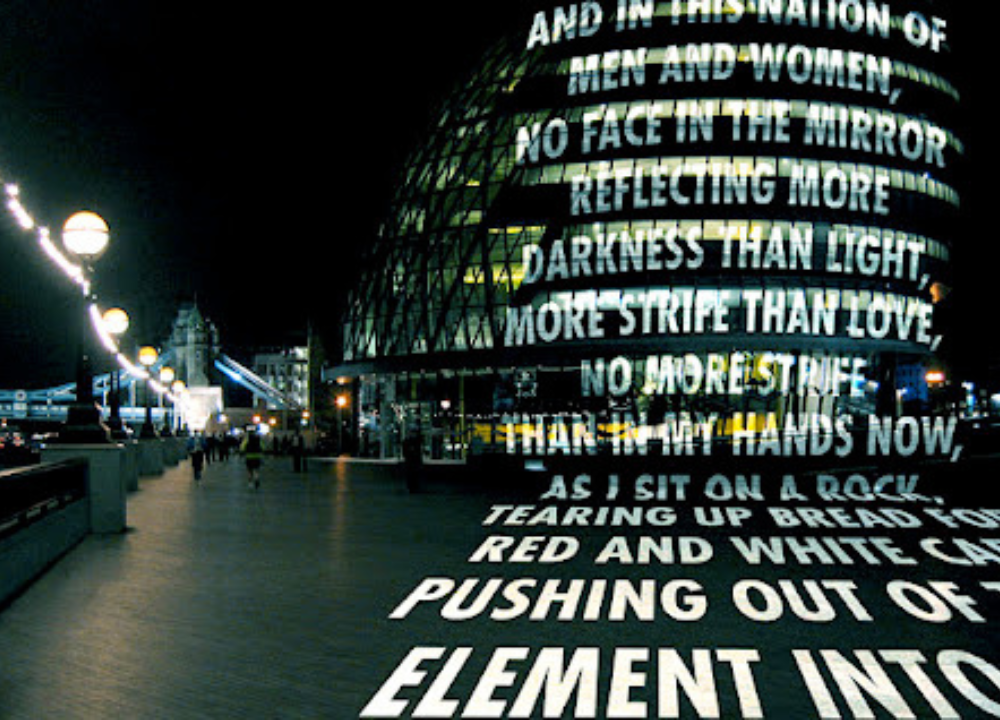Drawing is more than just putting pencil to paper — it’s a skill shaped by observation, technique, and subtle tricks that many artists learn over years of practice. While some tips are widely known, others are quietly passed along in studios and sketchbooks. Here are ten insider secrets that can help you elevate your art.
1. Warm-Up Sketches Are Essential
Professional artists rarely start with their main piece right away. They loosen their hands, sharpen their focus, and get into a creative flow with warm-up exercises.
- Quick gesture drawings of people or animals
- Random line doodles to loosen wrist movement
- Shading gradients to test pencil pressure
- Drawing simple shapes from different angles
- Contour sketches without lifting the pencil
These warm-ups prepare your muscles and mind, making your main drawing smoother and more confident.
2. Light Pressure Builds Better Layers
Many beginners press too hard too soon, making it difficult to erase or adjust. Light strokes allow you to layer tones gradually for richer results.
- Start with faint outlines
- Build shadows in multiple passes
- Use softer pencils for darker layers
- Keep your hand relaxed to avoid strain
- Blend lightly before adding more depth
This approach gives you more control and prevents overworked, muddy areas.
3. Negative Space Is Your Secret Weapon
Instead of focusing only on the subject, train your eye to see the shapes around it — the negative space. This improves accuracy and composition.
- Outline the space between limbs or objects
- Compare distances between shapes
- Use background shapes to check proportions
- Block in large negative areas first
- Flip your drawing upside down to spot errors
Mastering negative space helps you draw what you truly see, not just what you think you see.
4. Edges Tell the Story
Not all lines should be the same. Varying edge sharpness creates depth and focus in your work.
- Hard edges for focal points
- Soft edges for background elements
- Lost edges where light and shadow merge
- Blended edges for smooth transitions
- Contrasting edges to guide the viewer’s eye
Edge control adds realism and directs attention to the most important parts of your drawing.
5. Use Multiple Light Sources for Drama
Lighting can make or break a drawing. Multiple light sources create complex shadows and highlights that add visual interest.
- Main light for strong highlights
- Fill light to soften shadows
- Backlight for a glowing outline
- Colored light for mood
- Reflected light for subtle detail
Experimenting with lighting setups can transform a simple subject into a striking composition.
6. Textures Need Direction
Texture isn’t random — it follows the form of the object. Paying attention to direction makes surfaces more believable.
- Fur follows muscle curves
- Wood grain runs along the length of the plank
- Fabric folds radiate from tension points
- Stone cracks follow stress lines
- Skin pores vary in density by area
Directional texture enhances realism and keeps your drawing from looking flat.
7. The Eraser Is a Drawing Tool
An eraser isn’t just for fixing mistakes — it can be used creatively to add highlights and texture.
- Lift graphite for soft highlights
- Create hair strands with a kneaded eraser
- Dab for subtle light spots
- Shape erasers into fine points for detail
- Erase along edges for crisp contrast
Using erasers intentionally can make your drawings more dynamic and dimensional.
8. Color Starts with Value
Even if you’re working in color, value (lightness and darkness) is what creates form. Without strong values, colors will look flat.
- Convert your reference to black and white
- Map out light, mid, and dark areas first
- Layer color over a value sketch
- Keep highlights and shadows consistent
- Use value to separate overlapping elements
Strong value structure ensures your drawing reads well from a distance.
9. Step Back and Flip Your Work
Looking at your drawing from a new perspective reveals mistakes you might miss up close.
- View from a few meters away
- Flip horizontally (mirror view)
- Check proportions against your reference
- Photograph and view on a screen
- Rotate to spot balance issues
This habit helps you catch errors early and refine your composition.
10. Practice with Purpose
Random sketching is fun, but targeted practice accelerates improvement. Focus on one skill at a time.
- A week of shading exercises
- Daily anatomy studies
- Perspective drills with boxes and cylinders
- Texture swatches for different materials
- Timed gesture drawing sessions
Purposeful practice builds muscle memory and confidence, making complex drawings feel effortless.




